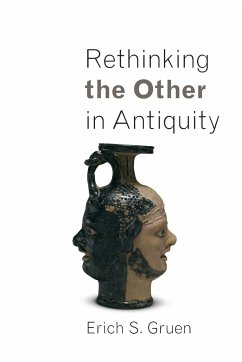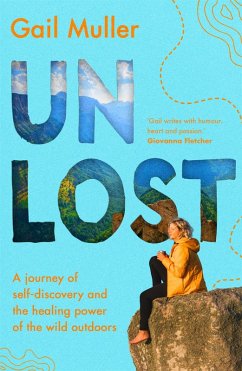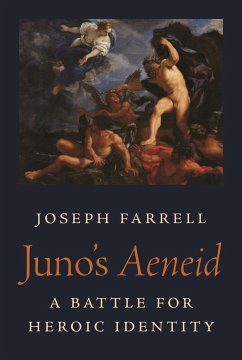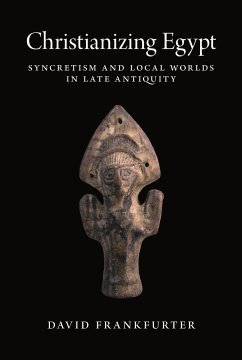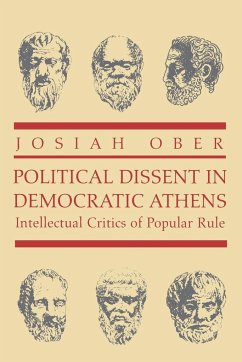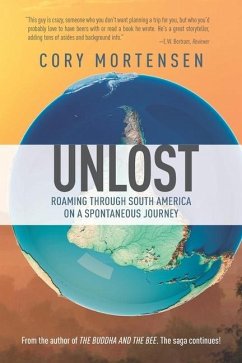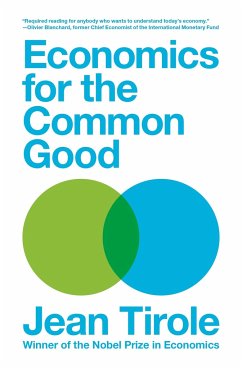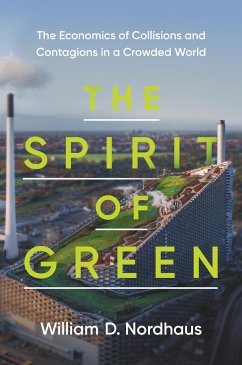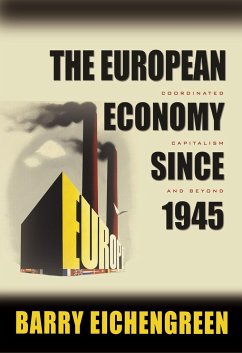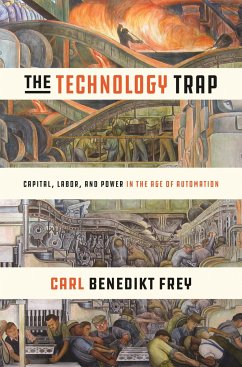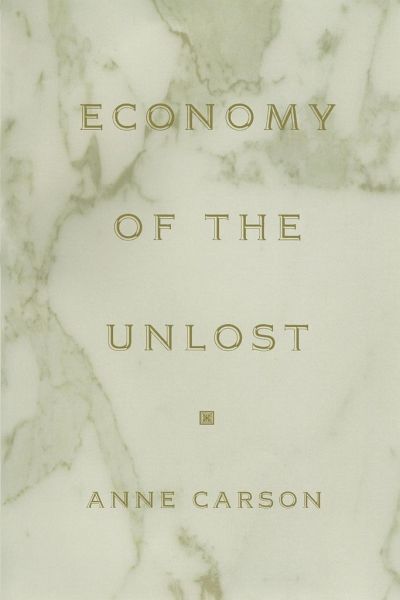
Economy of the Unlost
(Reading Simonides of Keos with Paul Celan)

PAYBACK Punkte
15 °P sammeln!
Offers a reading of certain of Simonides' texts and aligns these with writings of the modern Romanian poet Paul Celan. Asking such questions as, What is lost when words are wasted? and Who profits when words are saved? This work reveals the two poets' striking commonalities.




